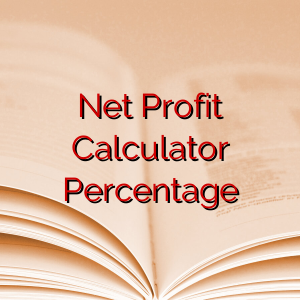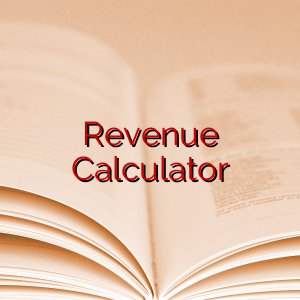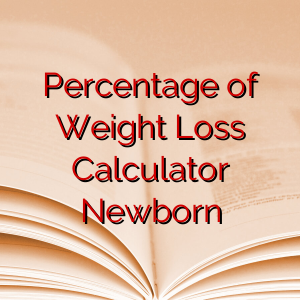Percentage of Sales Growth Calculator
In the dynamic landscape of business, tracking sales growth is paramount for gauging success and making informed decisions. The Sales Percentage Growth Calculator emerges as a vital tool in this endeavor, offering a streamlined approach to calculate the percentage growth between initial and final sales figures. Here’s a concise guide on harnessing the power of this calculator:
Inputting Sales Data: Commence by entering the initial sales figure and the final sales figure into the designated input fields. These values represent the starting and ending points for evaluating sales performance.
Validating Input: The calculator ensures the validity of input values by verifying if they are numerical. If either input is invalid, an alert prompts users to correct the entries, ensuring accurate calculations.
Calculating Percentage Growth: Upon validating input values, the calculator swiftly computes the percentage growth between initial and final sales. It employs a straightforward formula: ((Final Sales – Initial Sales) / Initial Sales) * 100. This formula encapsulates the relative change in sales over the specified period.
Displaying Results: The calculated percentage growth is displayed in the result field, providing a clear depiction of the sales performance. This figure serves as a valuable metric for assessing the effectiveness of sales strategies and identifying areas for improvement.
Leveraging Insights: Armed with the percentage growth data, businesses can gain actionable insights into their sales trajectory. Whether evaluating marketing campaigns, analyzing market trends, or setting performance targets, this calculator empowers decision-makers with valuable information to drive growth and profitability.
In conclusion, the Sales Percentage Growth Calculator emerges as an indispensable ally in navigating the intricacies of sales analysis. By simplifying complex calculations and delivering actionable insights, it enables businesses to unlock their full potential and thrive in competitive markets.

Hello! Welcome to my Blog StudyParagraphs.co. My name is Angelina. I am a college professor. I love reading writing for kids students. This blog is full with valuable knowledge for all class students. Thank you for reading my articles.




